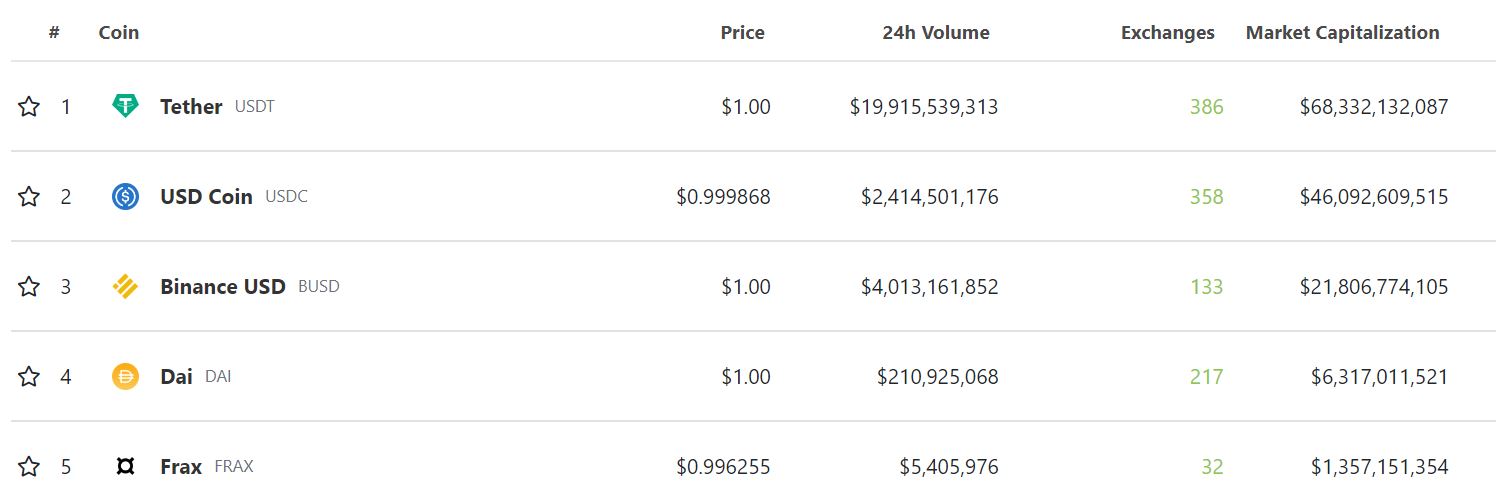The first comprehensive EU regulatory framework for cryptocurrencies (Markets in Crypto-Assets, MiCA) has had two years of heated debate and revision. With the finalization and approval of the European Council, the implementation of the bill is moving a big step closer.
The new legal framework, intended for the European region, covers transparency, disclosure, authorization and monitoring of transactions by service providers. The proposal, which has been debated since its introduction in 2020, is primarily aimed at creating a uniform approach across all 27 member states. Following this week’s adoption in the European Council, a vote in the EU Parliament is still pending before final implementation. If successful, the bill will be formally included in the Official Journal of the EU and is expected to enter into force around the beginning of 2024.
Legal framework for crypto and digital assets
The law known as Markets in Crypto-Assets (MiCA) will impose new regulations on numerous players in the crypto market. In addition to exchanges, it primarily affects issuers of so-called stablecoins, which are pegged to existing assets such as the U.S. dollar or the euro. Under the new rules, stablecoins such as Tether’s USDT and Circle’s USDC must maintain sufficient reserves to meet redemption requests in the event of mass withdrawals. Systemically important “non-euro stablecoins” must also expect their transactions to be capped at 200 million euros per day, a provision sharply criticized by industry representatives that was removed initially and only reinstated last minute.

Overall, MiCA is a first attempt to create comprehensive regulation for digital assets in the EU. While some of the stricter guidelines have unsettled crypto companies, several industry insiders see the move as a positive. They believe that Europe could lead the way in regulating cryptocurrencies. The introduction at EU level would also put pressure on the US and the UK to catch up as quickly as possible.
Implementation until 2024
The next step towards formal adoption of the legislation will take place on October 10, when the European Parliament’s Economic Affairs Committee will also vote on the proposal. After the text is translated into the more than 20 official EU languages, the proposal is then expected to be included in the Official Journal of the EU to formalize its enforcement. The Markets in Crypto-Assets (MiCA) proposal provides for a 12- to 18-month adjustment period to prepare for the new laws.
The legislation should then come into force at the beginning of 2024. The European institutions already reached political agreement on MiCA in June and negotiated the technical details of the regulation over the last few months. Once MiCA reaches the EU’s Official Journal early next year, European regulatory bodies will work out further details on how to implement the rules for crypto service providers.
“All of the world’s major jurisdictions now have concrete plans for comprehensive crypto regulation. And, as is so often the case, the EU is leading the way, setting the standards. In the next few months, the landmark MiCA regulation will come into force and apply to most companies from 2024.” – Patrick Hansen, Crypto venture advisor at Presight Capital in conversation with CVJ.CH




